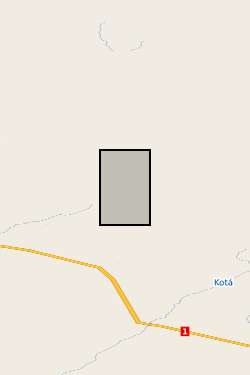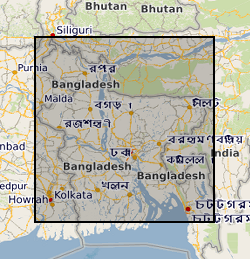TXT files
Type of resources
Topics
Keywords
Contact for the resource
Provided by
Years
Formats
Update frequencies
-

This dataset presents meteorological records from 3 weather stations around a glacier in southeast Iceland from 2009-2020. The weather stations were installed as part of British Geological Survey’s Glacier Observatory project, and were positioned at different altitudes close to the ice to record glacier weather. The data is in text format, and records key meteorological parameters including temperature, relative humidity, atmospheric pressure, precipitation, wind speed and direction, and solar irradiance. The weather stations were placed around Virkisjökull-Falljökull, an outlet glacier of the Öraefajökull ice cap in south east Iceland (AWS1 at 16°48'19"W, 63°57'53"N; AWS3 at 16°47'5"W, 63°58'13"N, and AWS4 at 16°48'7"W , 63°59'52"N). AWS1 was installed in September 2009, with AWS3 installed in September 2010, and AWS4 in September 2011. AWS3 and AWS4 were decommissioned in August 2018, and AWS1 in May 2020. AWS1 was located 100m from the current glacier margin at 156m a.s.l.; AWS3 sat 50m from the icefall at 444m a.s.l.; and AWS4 was situated on a clifftop overlooking the glacier at 858m a.s.l., close to the Equilibrium Line Altitude of the glacier. These were positioned at different altitudes to determine changes in weather parameters with height, thus producing for example, temperature or humidity gradients. The three stations were wirelessly linked, allowing data from the upper stations to be offloaded to the datalogger on the lower station. On-site downloads were completed using Campbell Scientific LoggerNet 4.x series software. AWS1 maintained mobile phone telemetry enabling automatic remote downloads of data from all stations on a daily basis, and remote access for software updates and health checks. Each AWS supported a slightly different sensor array, depending on the requirements of the site, and were mounted on 1.5m Campbell Scientific tripods. All of the stations were designed around a Campbell Scientific CR800 datalogger, and were solar powered, using combinations of PV panels up to 100W, supplying a Campbell Scientific 25Ah battery mounted on the tripod, plus a 110Ah gel cell battery back up in a separate housing. The data will be of use to researchers and students interested in the weather of southeast Iceland, glacier climate, local influence of glaciers on more regional synoptic weather systems, glacier climate modellers, glacier hydrologists and hydrogeologists. The BGS project was led and coordinated by Dr Jez Everest, technical support and implementation by Heiko Buxel and data Quality Assurance and checking by Dr Jon Mackay. Any periods where equipment malfunction, testing or replacement meant that no or unreliable data were collected are indicated by a ‘NAN’ value in the datasets.
-

This dataset contains data from a river multibeam and seismic survey which took place in 2013 and 2014 at scour sites within the Brahmaputra river basin in Bangladesh. The survey was carried out as part of a joint project between the Universities of Birmingham, Southampton and Exeter. "The sedimentology of fluvial megascours" was a scientific research project funded by NERC. The purpose was to collect the data necessary to validate the first generic numerical model of scour zone stratigraphy that will be widely applicable to a broad range of large rivers. River bed bathymetry data were collected using a multibeam echosounder. Sub bottom seismic profiling data were collected using a surface tow boomer and chirp system. Technical details of the survey are contained in the cruise report of the survey which comprises part of the metadata. Some of the data has been accepted for a publication in the journal 'Sedimentology' which will be published in 2018 with the title 'The Sedimentology of channel confluences'.
 NERC Data Catalogue Service
NERC Data Catalogue Service